Optimal Timing for Waterproofing Projects
Waterproofing is a critical process to protect structures from water intrusion and related damage. The optimal timing for waterproofing depends on climate conditions, project type, and specific surface requirements. Proper timing ensures maximum adhesion, durability, and effectiveness of the waterproofing materials.
Typically, the best time for waterproofing is during dry weather periods when temperatures are moderate. This prevents moisture from interfering with application and curing processes. Accurate timing can extend the lifespan of waterproofing systems and reduce the need for future repairs.
Spring and early fall generally provide ideal weather conditions with moderate temperatures and low humidity, facilitating proper application and curing.
Heavy rain, extreme cold, or high humidity can compromise waterproofing effectiveness. These conditions should be avoided during application.
Ensure surfaces are clean, dry, and free of debris before application. Proper surface preparation enhances adhesion and longevity.
Temperatures below freezing or above 85°F can hinder the curing process and reduce waterproofing performance.

Proper conditions ensure effective sealing and adhesion.
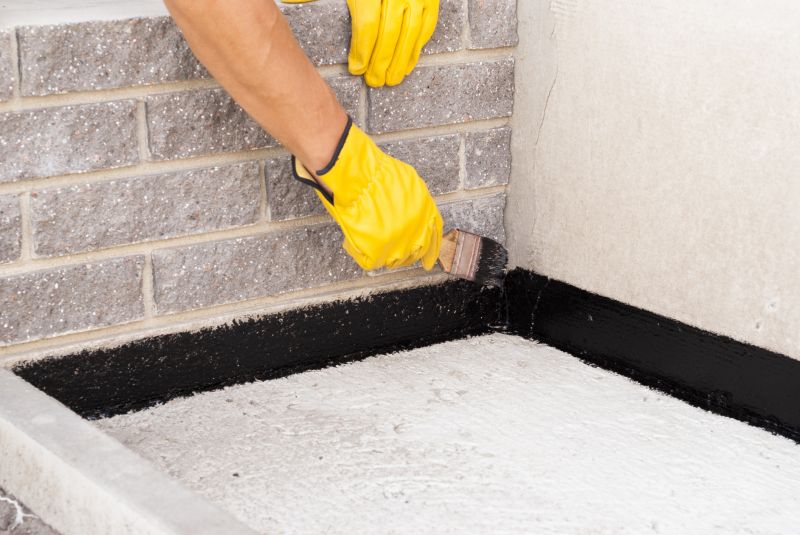
Cleaning and drying surfaces is essential for optimal results.
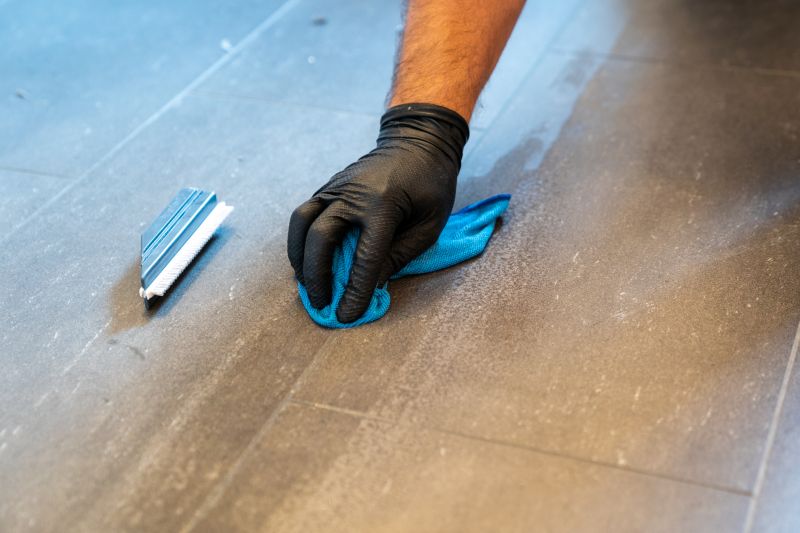
Techniques vary based on surface type and weather conditions.
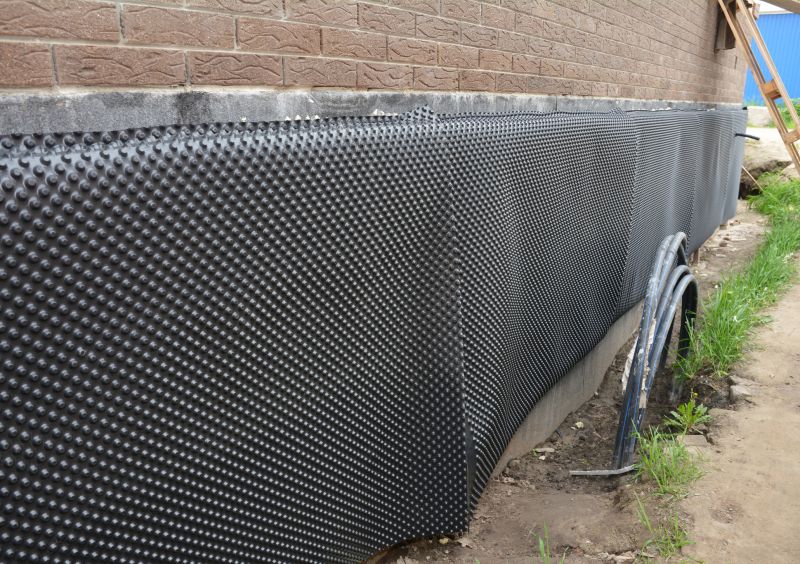
Adequate curing time is crucial for durability.
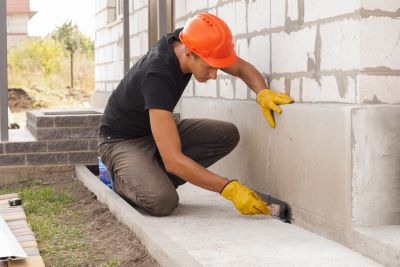
Timing projects to seasons enhances effectiveness.
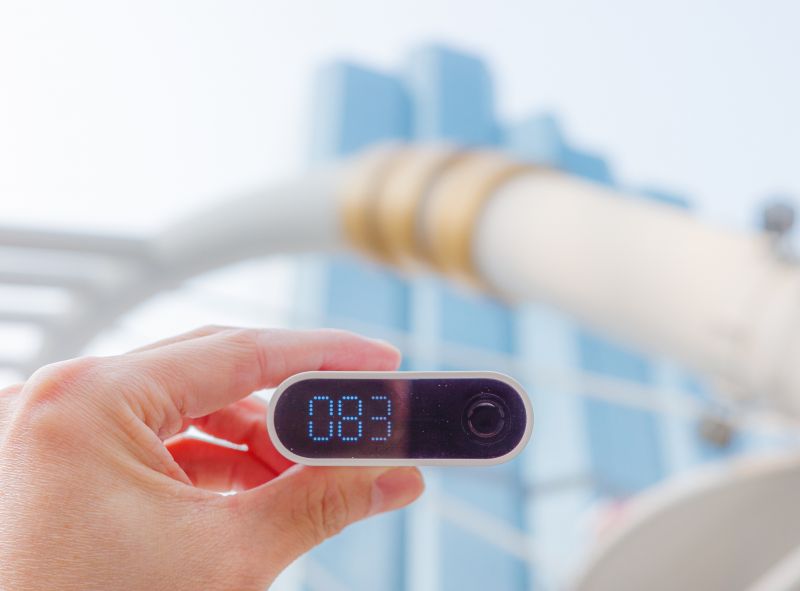
Monitoring ensures optimal application conditions.
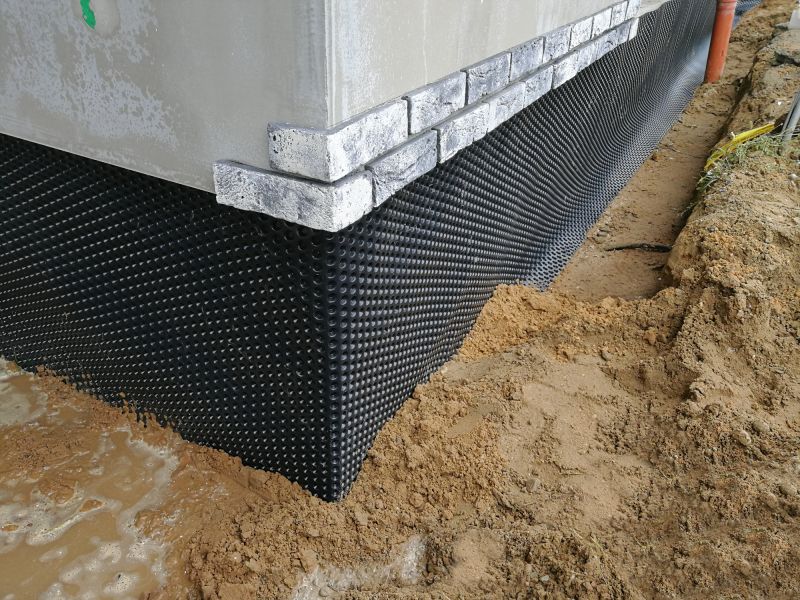
Regular inspections help maintain waterproofing integrity.

Proper timing extends system lifespan.

Adjustments are necessary based on local weather patterns.
| Season or Condition | Recommended Action |
|---|---|
| Spring | Ideal for waterproofing due to moderate temperatures and low humidity. |
| Summer | Suitable if temperatures are not excessively high and humidity is manageable. |
| Fall | Excellent timing with cooler temperatures and less rain. |
| Winter | Not recommended due to freezing temperatures and potential moisture issues. |
| Rainy periods | Avoid waterproofing during heavy rain or wet conditions. |
| High humidity days | Delay application until humidity levels decrease. |
| Extreme heat days | Postpone until temperatures are within optimal range. |
| Dry weather windows | Best periods for waterproofing projects. |
Waterproofings serve as essential barriers against water intrusion, preventing structural damage, mold growth, and interior deterioration. Advanced waterproofing systems are designed to withstand various environmental challenges, making timing a vital factor in their effectiveness. Properly scheduled application ensures maximum adhesion and durability, ultimately extending the lifespan of the protected surfaces.
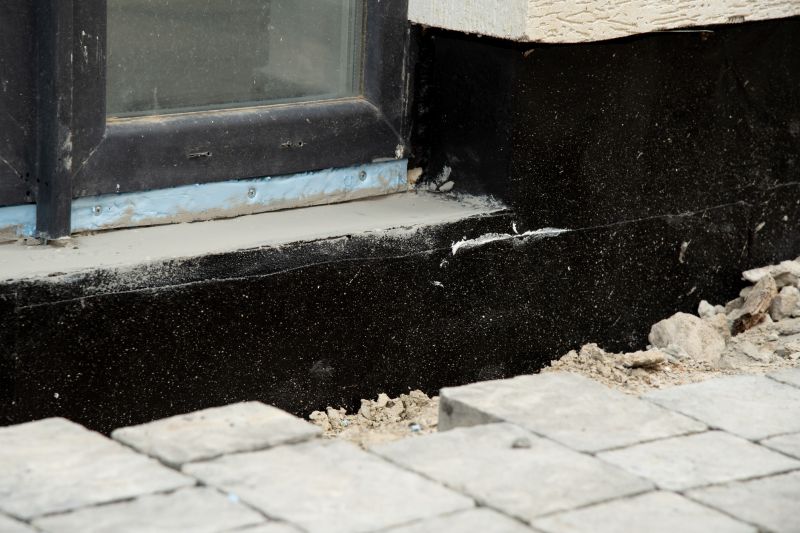
Ensures maximum effectiveness and longevity.
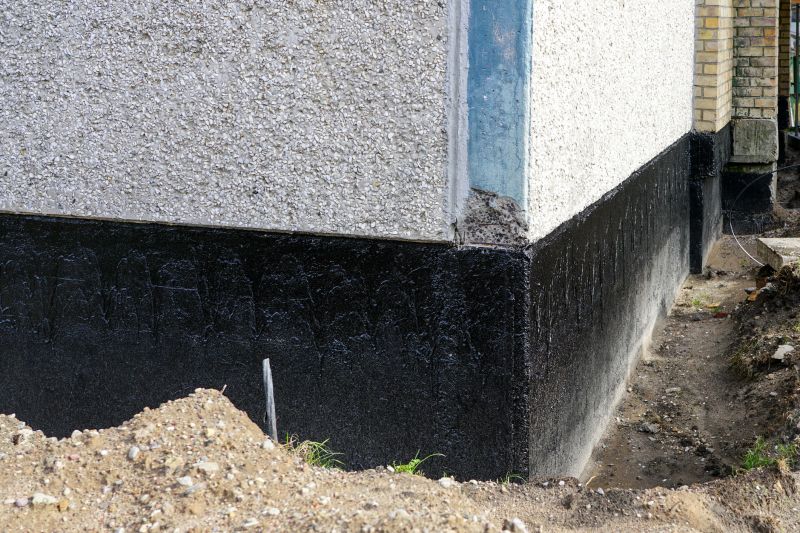
Critical step for successful application.
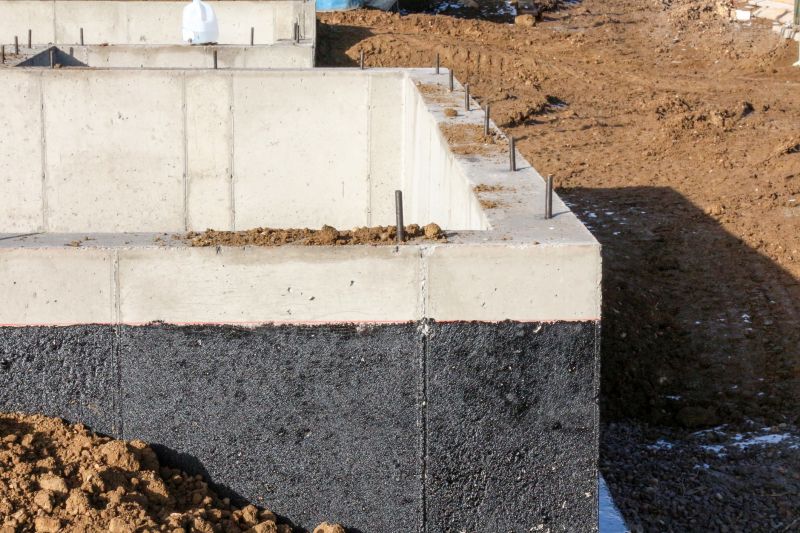
Helps determine the best application window.
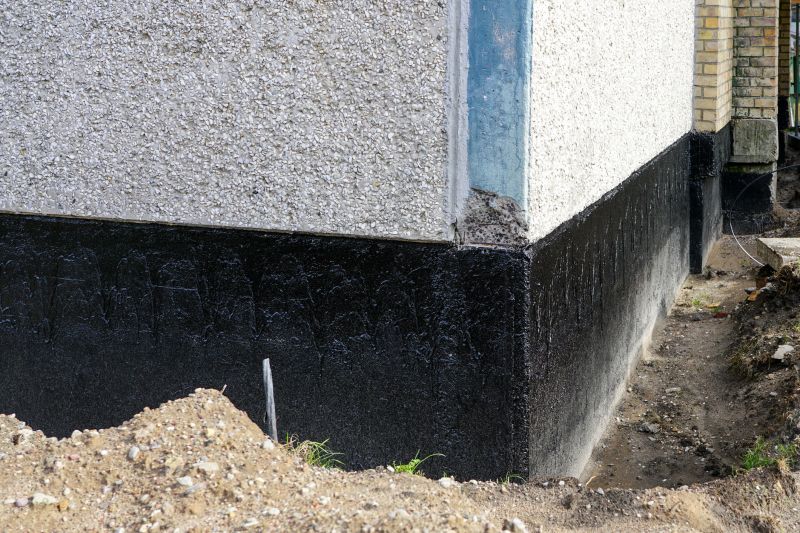
Ensures waterproofing integrity over time.
Interested in waterproofing services? Filling out the contact form provides an opportunity to discuss project needs and scheduling options. Proper timing and application techniques are essential for long-lasting protection against water damage.

